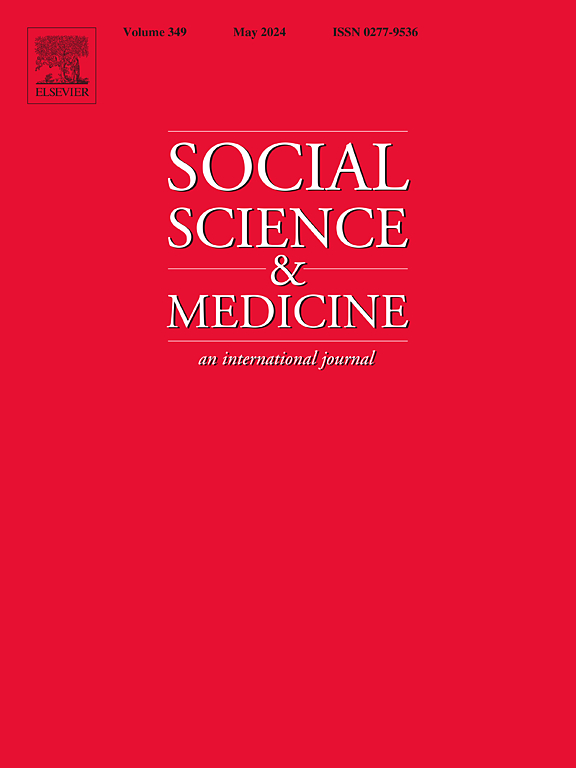Fire and fury: North Korean threats and South Korean adolescent health
IF 4.9
2区 医学
Q1 PUBLIC, ENVIRONMENTAL & OCCUPATIONAL HEALTH
引用次数: 0
Abstract
Purpose
We determine the impact of the increased risk of war resulting from the inter-Korean tensions of 2016, which culminated in two nuclear tests by North Korea, on the health of South Korean adolescents. Our health indicators are mental symptoms of depression and aggression, but also physical symptoms such as headaches and fever.
Method
We use representative data from the Korean Children and Youth Panel Survey (KCYPS) for the Seoul Capital Area in 2014, 2015 and 2016 (N = 1745). In our regression analysis, we apply a difference-in-differences approach and use adolescents living near the border with North Korea in 2016 as the treatment group.
Results
We find that adolescents residing in the border regions with North Korea during the crisis year 2016 had 3.67 percent more depressive and 5.52 percent more aggressive symptoms, but also more physical problems such as headaches (6.82 percent) and fever (5.44 percent), findings that are more pronounced for females.
Discussion
We call on policymakers to keep the health of adolescents, especially young women, in mind during times of crisis. Schools in geopolitically tense areas can help build resilience.
火与怒:朝鲜威胁与韩国青少年健康。
目的:2016 年朝韩关系紧张,最终导致朝鲜进行了两次核试验,我们要确定战争风险增加对韩国青少年健康的影响。我们的健康指标是抑郁和攻击行为等精神症状,以及头痛和发烧等身体症状:我们使用了 2014 年、2015 年和 2016 年首尔首都地区韩国儿童和青少年小组调查(KCYPS)的代表性数据(N = 1745)。在回归分析中,我们采用了差分法,并将 2016 年居住在朝鲜边境附近的青少年作为处理组:我们发现,2016 年危机年期间,居住在与朝鲜接壤边境地区的青少年的抑郁症状和攻击性症状分别增加了 3.67% 和 5.52%,而且出现头痛(6.82%)和发烧(5.44%)等身体问题的比例也更高,女性的调查结果更为明显:我们呼吁政策制定者在危机时期关注青少年,尤其是年轻女性的健康。地缘政治紧张地区的学校可以帮助培养学生的适应能力。
本文章由计算机程序翻译,如有差异,请以英文原文为准。
求助全文
约1分钟内获得全文
求助全文
来源期刊

Social Science & Medicine
PUBLIC, ENVIRONMENTAL & OCCUPATIONAL HEALTH-
CiteScore
9.10
自引率
5.60%
发文量
762
审稿时长
38 days
期刊介绍:
Social Science & Medicine provides an international and interdisciplinary forum for the dissemination of social science research on health. We publish original research articles (both empirical and theoretical), reviews, position papers and commentaries on health issues, to inform current research, policy and practice in all areas of common interest to social scientists, health practitioners, and policy makers. The journal publishes material relevant to any aspect of health from a wide range of social science disciplines (anthropology, economics, epidemiology, geography, policy, psychology, and sociology), and material relevant to the social sciences from any of the professions concerned with physical and mental health, health care, clinical practice, and health policy and organization. We encourage material which is of general interest to an international readership.
 求助内容:
求助内容: 应助结果提醒方式:
应助结果提醒方式:


